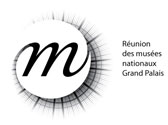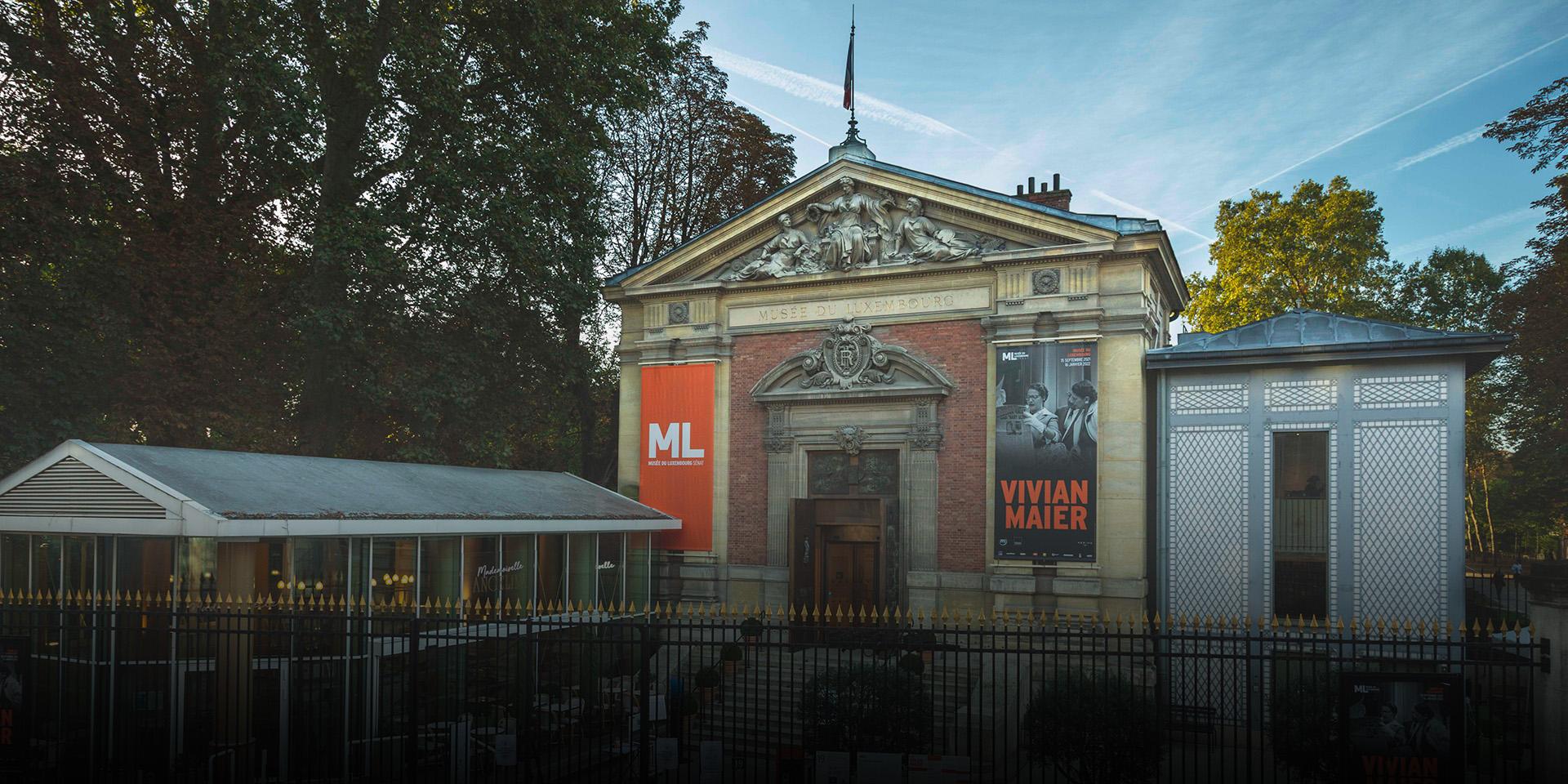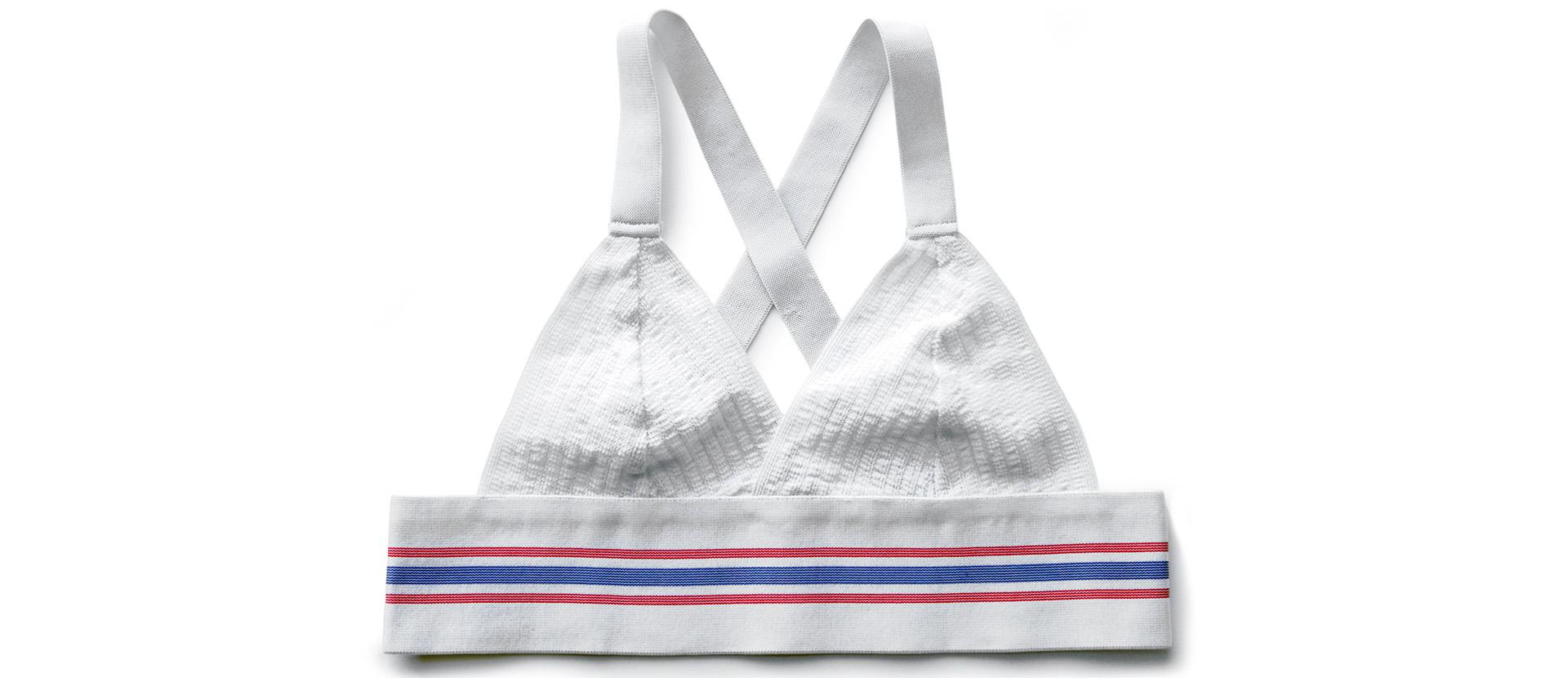The Musée du Luxembourg today is the successor to several institutions that have contributed to the cultural standing of France and Paris for almost two centuries. From 1750, the Musée du Luxembourg was the first antique art museum open to the public. People came from all over Europe to admire Rubens’ cycle on the life of Marie de' Medici, as well as dozens of chef-d’oeuvres by Italian, Dutch or French masters, that are now exhibited in the Louvre.
The first museum exhibiting living artists
After the Congress of Vienna in 1815, and France having returned artworks pillaged by Napoleonic troops, the intention was to show foreign powers that the country was able to produce chef-d’oeuvres itself to bolster its museums’ collections. In 1818, Louis XVIII approved the creation of a museum dedicated to living artists in the palais du Luxembourg, with the aim of stimulating French artistic production. The Musée du Luxembourg was both a place for artistic recognition and where art would be officially shown: the works judged the best were transferred to the musée du Louvre after their authors’ death; the others were added to provincial museum collections, or served as decoration in official residences or ministries.
The Musée du Luxembourg was installed in two wings of the palais du Luxembourg. In 1879, the Senate requisitioned all of the palais to expand. In return, it financed conversion of the orangery and construction of a wing (the current Musée du Luxembourg) to temporarily take the museum’s collections, while waiting for the State to decide to build an edifice to house it worthy of its international standing. Ultimately the museum – rehoused in 1886 – stayed there for... half a century. Today it is difficult to imagine that the space converted to house ten rooms of paintings was where the orange trees were stored for winter!
The Musée du Luxembourg today
The Musée du Luxembourg closed its doors In 1937 and was to remain without an assignment for more than 40 years. The Musée national d'art moderne, which accommodated its collections, only opened its doors in 1947 at the palais de Tokyo, before being transferred to the Centre Pompidou in 1977.
After having shown exhibitions again from 1979, the Musée du Luxembourg reconnected with its history: the Senate has ensured its management since 2000. The Senate chose to turn to professionals in the exhibition production and organisation sector to guarantee its standing and level of excellence. In 2010, it appointed the Réunion des musées nationaux – Grand Palais to manage the museum with the mission of organising ambitious exhibitions within its walls. In 2019, the Senate renewed its trust in the Réunion des musées nationaux – Grand Palais. The Musée du Luxembourg presents two exhibitions per year, at national and international level, with themes like modernity in the 20th century, photography and female artists in particular. The aim of these exhibitions is to contribute to implementing an ambitious cultural policy, organised in order to enhance the public’s knowledge and education, and for their enjoyment.
The musée du Luxembourg collections
The musée du Luxembourg’s permanent collection left the site in 1937. Since then the works have been distributed among various institutions. 19th century works may therefore have been integrated into the musée d'Orsay or the musée du Louvre collections, and those of the 20th century in the Centre Pompidou. These institutions’ websites constitute valued assistance in looking for a work in this collection, just like the Ministry of Culture’s Joconde database.
The Senate
In its capacity as parliamentary assembly, the primary missions of the Senate are voting laws, monitoring the Government’s work, assessing public policies and forecasting. It also has the duty of showcasing the heritage it benefits from, whether the Palais, Gardens or Musée du Luxembourg.

The Réunion des musées nationaux – Grand Palais
The Réunion des musées nationaux – Grand Palais is one of the largest exhibition and event organisers in the world. It exhibits, produces, circulates, acquires, accommodates, informs. It contributes to enriching and creating better awareness of artistic heritage for all publics at national and international level.

Textes by Julien Bastoen


